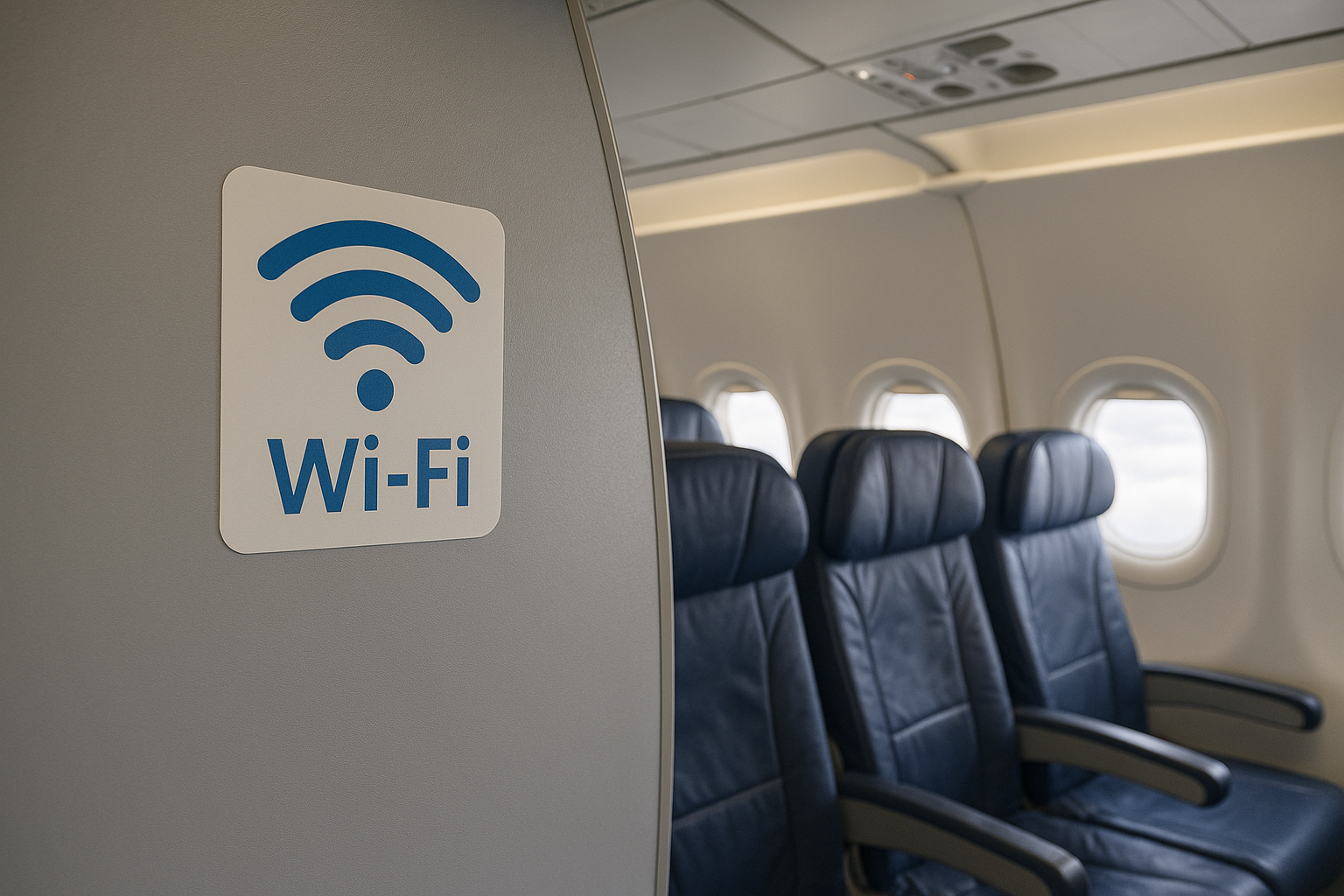ARINC 628 is a widely adopted standard that defines how cabin equipment interfaces communicate within an aircraft. It plays a vital role in enabling advanced in-flight entertainment systems and passenger connectivity features that have become essential in modern aviation. These systems not only enhance passenger comfort but also contribute to the overall flight experience and airline competitiveness. This article explores how ARINC 628 supports in-flight entertainment and passenger connectivity by providing a reliable and standardized framework for system integration.
Role of ARINC 628 in In-Flight Entertainment Systems
ARINC 628 enables seamless operation of seatback and overhead entertainment units by standardizing the communication protocols and wiring interfaces. This ensures that audio and video content can be distributed with high quality and minimal latency across the cabin. The standard supports synchronization of media playback between multiple seats which enhances group viewing experiences. It also facilitates integration with media servers and content management platforms allowing airlines to efficiently update and customize entertainment options.

Enabling Passenger Connectivity Through ARINC 628
Passenger connectivity relies on ARINC 628 to interface with onboard Wi-Fi and satellite communication systems. The standard defines how passenger devices receive both power and data through in-seat power outlets and data ports. This allows passengers to access the internet send messages and use connected services throughout the flight. ARINC 628 ensures that data communication remains secure and reliable even with multiple users accessing the network simultaneously. This capability is crucial in meeting growing passenger expectations for seamless connectivity.

Technical Advantages of ARINC 628 for IFE and Connectivity
One of the key benefits of ARINC 628 is its use of standardized cabling and connectors which improve overall system reliability and reduce installation complexity. The standard’s design supports scalability allowing airlines to upgrade their in-flight entertainment and connectivity systems with minimal disruption. ARINC 628 also facilitates enhanced data throughput and low latency communication necessary for streaming high-definition video and supporting multiple connected devices. Furthermore it simplifies system integration and ongoing maintenance by providing a consistent framework that equipment manufacturers and operators can follow.

Conclusion
ARINC 628 serves as a foundational standard that supports the complex in-flight entertainment and passenger connectivity systems found in today’s aircraft. By providing standardized interfaces and robust communication protocols it enables high-quality media distribution reliable internet access and seamless device integration. As passenger expectations continue to rise ARINC 628 will remain a key enabler of advanced cabin experiences that improve satisfaction and operational efficiency.





